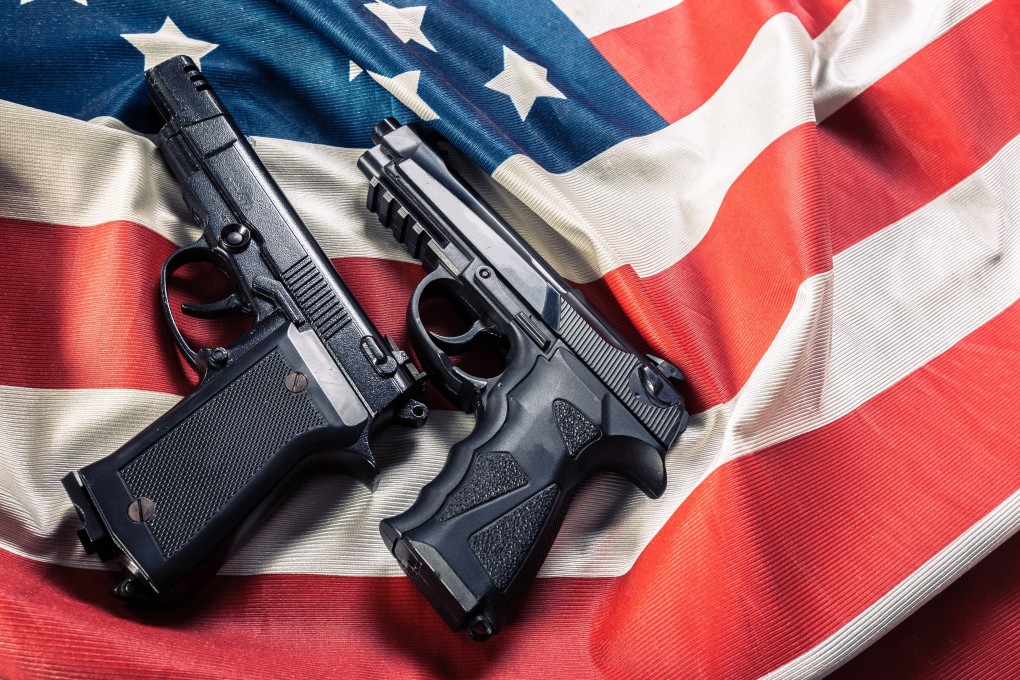US murders rose 30 per cent in 2020, FBI reports
- Some experts attribute the surge in part to Covid-19 hardships
- Steepest rise since the FBI began collecting data in the 1960s

The FBI reported a nearly 30 per cent increase in murders in 2020, the largest single-year jump since the bureau began recording crime statistics six decades ago.
The surge in killings drove an overall 5 per cent increase in violent crime last year, according to the FBI’s Uniform Crime Report.
Violence stalked most major cities, the report found, even as the coronavirus pandemic exacted its own deadly toll across the country.
The numbers appeared to closely track preliminary data released early this year by the FBI, which showed that murders had spiked by more than 20 per cent in 2020.
Although the reported annual increase was dramatic, the total number of homicides last year – 21,570 – did not surpass some stunning totals in the early 1990s, including the nearly 25,000 murders recorded in 1991.
The numbers were also an incomplete assessment, because 15,897 of the eligible 18,619 law enforcement agencies submitted data to the FBI last year.